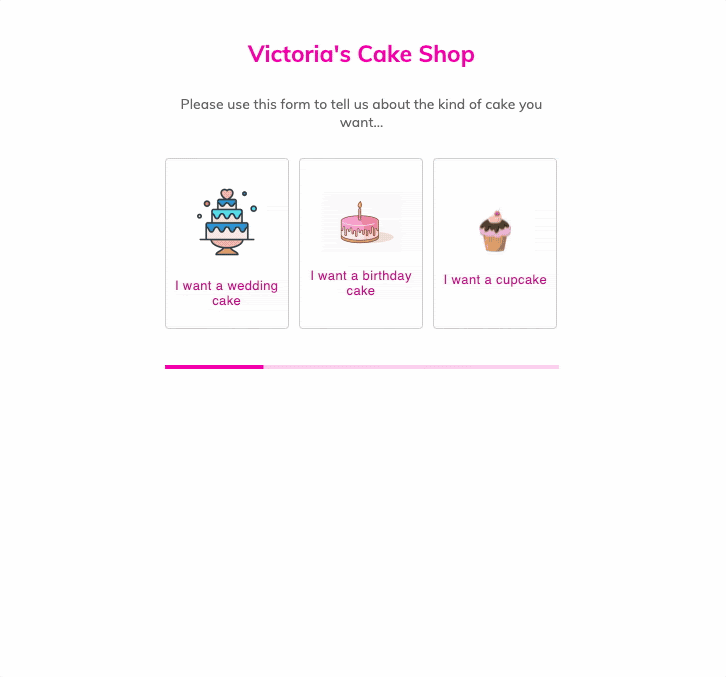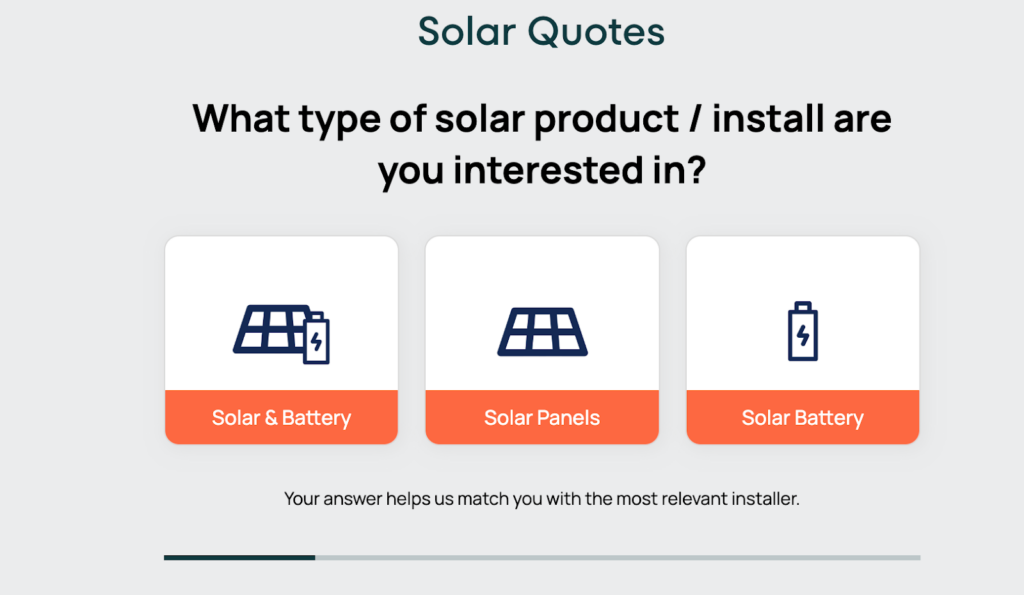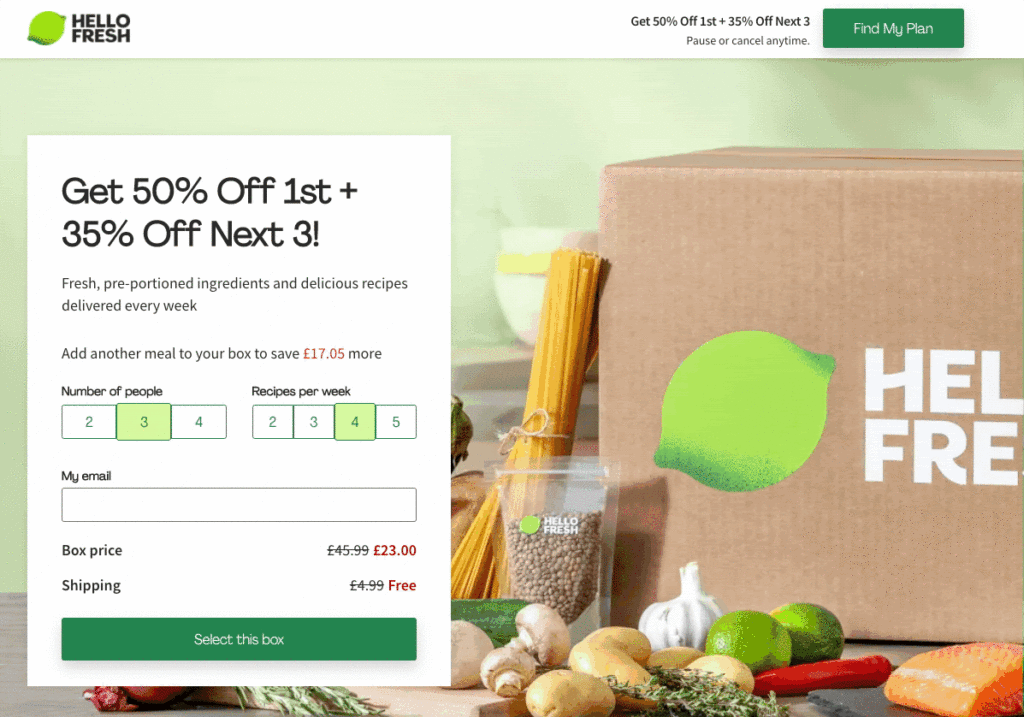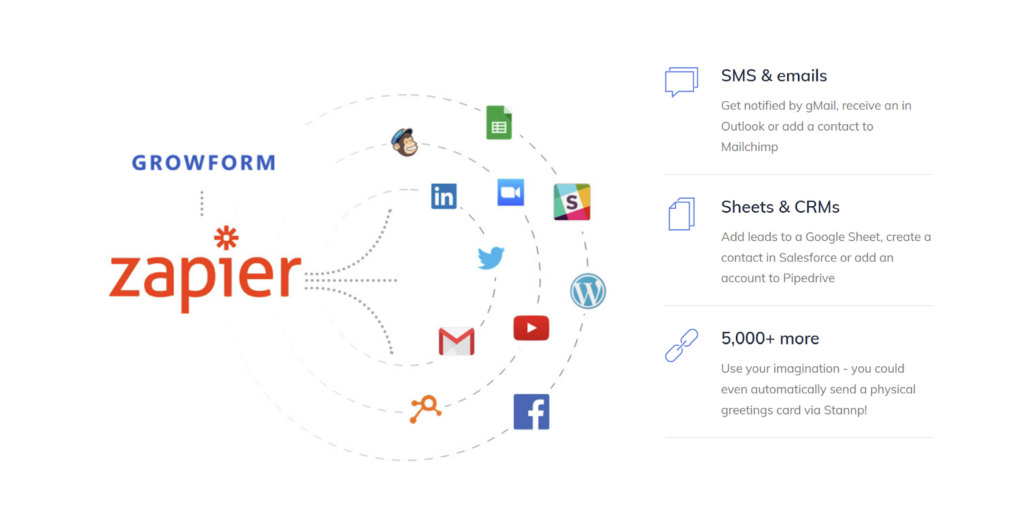Progressive Profiling
« Back to Glossary IndexQuick Summary
This guide explores progressive profiling, a smarter way to collect customer data without overwhelming users. Learn how dynamic forms, strategic data collection, CRM integration, and interactive incentives help businesses increase conversions and improve lead quality. For more valuable tips and insights into lead generation, feel free to check our blog.
Getting More Leads Without Annoying Your Visitors
Long forms kill conversions. Imagine this: you’re excited about a free guide or demo, but then—you get hit with a 10-field form that asks for everything from your job title to your mother’s maiden name. You close the page. The company loses a lead.
Progressive profiling fixes this by asking just a few key questions at a time, learning more with each visit. It’s seamless, builds trust, and boosts conversions.
In this Growform guide, we’ll explain how businesses can use progressive profiling to capture more, better-qualified leads.
Why Listen to Us?
At Growform, we help businesses double their lead generation with multi-step forms that convert. Our no-code builder makes it easy to create high-converting, mobile-friendly forms that integrate with 300+ tools, including CRMs and marketing platforms. Brands like BeMarketable and Stax Payments trust us to boost conversions and streamline lead capture.

What is Progressive Profiling?
Progressive profiling is a smarter way to collect customer data gradually, rather than overwhelming users with long forms. Instead of asking for everything upfront, it gathers information over multiple interactions, ensuring a smoother user experience and better lead qualification.
How Progressive Profiling Works
- Step 1: A visitor fills out a short form with basic details (e.g., name, email).
- Step 2: On their next visit, the form adapts—asking new, more targeted questions.
- Step 3: Over time, their profile builds, improving personalization and lead scoring.
This process is powered by marketing automation tools and cookies, which track user behavior and ensure forms evolve based on past interactions.
Progressive Profiling vs. Traditional Data Collection
Unlike static, one-time forms that ask for too much too soon, progressive profiling:
- Uses dynamic, smart forms that update based on previous responses.
- Ensures visitors never see the same question twice.
- Reduces form abandonment and increases conversions.
If properly executed, progressive profiling delivers a seamless, personalized experience that drives higher engagement and better-qualified leads.
Benefits of Progressive Profiling
1. Enhanced User Experience
Long, overwhelming forms drive users away. Progressive profiling improves user experience by:
- Reducing form length, making it quicker and easier to complete.
- Building trust by gradually collecting information instead of demanding too much upfront.
- Encouraging engagement, leading to higher completion rates and better retention.
2. Improved Lead Qualification
Not every lead is ready to buy, and bombarding them with irrelevant questions or content can push them away. Progressive profiling helps businesses qualify leads better by:
- Gathering key details gradually, so you know who’s genuinely interested.
- Segmenting leads more effectively, so marketing and sales focus on high-intent prospects.
- Personalizing outreach, ensuring users get content that actually matters to them.
3. Accelerated Buyer Journey
The right message at the right time moves leads through the sales funnel faster. Progressive profiling nurtures leads at the right pace by:
- Matching content and offers to where the user is in their journey.
- Providing relevant touchpoints. For example, a beginner might get a checklist, while a serious prospect gets a demo.
- Helping potential customers make decisions faster, leading to quicker conversions.
4. Increased Conversion Rates
Shorter forms mean higher submission rates. Progressive profiling drives conversions by:
- Eliminating redundant questions, reducing form abandonment.
- Keeping forms concise and relevant, ensuring users only provide new information.
- Delivering better-qualified leads, increasing overall marketing efficiency.
- Boosting form completion rates, sometimes doubling conversions.
How to Implement Progressive Profiling
Step 1: Set Up Dynamic Forms
Nobody enjoys long, static forms. Dynamic, multi-step forms adapt to user interactions, keeping engagement high and drop-offs low. Forms should evolve with each interaction, only asking what’s necessary at each stage.
To build effective dynamic forms:
- Use conditional logic to tailor follow-up questions based on previous responses.
- Leverage hidden fields to track data behind the scenes and avoid repeated asks.
- Optimize for mobile, since most users interact on smaller screens.
Example: Instead of asking for all the details of the cake at once, this multi-step form by Victoria’s Cake Shop requests just the type of cake first, then gradually follows up with other information based on the initial choice.

Growform’s multi-step forms enable businesses to create adaptive lead capture experiences without coding. By integrating conditional logic and hidden fields, businesses progressively collect data without overwhelming users with unnecessary fields.
To get started, check our guide on How To Add A Growform Multi Step Form To Leadpages.
Step 2: Create a Data Collection Strategy
You wouldn’t ask a stranger for their life story in one go—why do it with your forms? The key is sequencing data collection so each interaction feels natural.
Start with the bare minimum (name, email) and gradually introduce more qualifying questions based on user behavior. Avoid redundancy—once you have a data point, don’t ask for it again.
Example: In this Switchable Solar Quote form made with Growform, the company asks exactly what the client needs and indicates before requesting details about the property size and energy usage in later interactions.

Step 3: Use Incentives and Interactive Content
People are more likely to share data when they get something in return. Progressive profiling works best when businesses provide value in exchange for user information.
- Use interactive content like quizzes, assessments, and calculators to gather insights.
- Offer exclusive perks (discounts, gated content, early access) to encourage opt-ins.
- Be transparent—tell users why you’re collecting data and how it benefits them.

Example: This Hello Fresh sign-up form includes a savings calculator that asks a few questions first (such as the number of people and recipes per week) to help visitors see how much they will be saving.
By integrating interactive content and incentives, businesses increase engagement and build richer customer profiles over time.
Step 4: Integrate with CRM Systems
Progressive profiling is only valuable if your CRM can make sense of the data. Without seamless integration, insights stay scattered, leading to inconsistent marketing and sales efforts.
A well-integrated system:
- Automatically updates lead records with each new data point.
- Triggers segmented workflows, ensuring follow-ups align with user intent.
Example: A financial services firm that uses Growform can leverage our CRM integration capabilities to automatically update user profiles each time new data is collected, allowing sales teams to offer personalized financing solutions.

Why? Growform integrates with 5000+ tools, including major CRMs like HubSpot and Salesforce. By syncing progressively collected data, businesses can refine lead scoring, automate personalized outreach, and accelerate conversion without drowning in manual data entry.
Best Practices for Progressive Profiling
Progressive profiling only works when done strategically. Here’s how to do it right:
- Be Transparent About Data Collection: Let users know why you’re asking for information and how it benefits them. Transparency builds trust and improves completion rates.
- Prioritize Questions Based on Value: Start with must-have data (name, email), then introduce deeper questions only when necessary.
- Ensure a Fair Exchange: Users should get something valuable (e.g., exclusive content) in return for their data. Asking too much for too little leads to drop-offs.
- Test and Optimize Regularly: Monitor completion rates, adjust question sequencing, and experiment to improve conversions.
By following these best practices, businesses collect high-quality data without frustrating potential leads.
Conclusion
Progressive profiling makes lead generation smarter and more effective by gradually collecting data instead of overwhelming users with long forms. Using dynamic forms, strategic data collection, and CRM integration, businesses can increase conversions and improve personalization—but only with the right tools. That’s where Growform comes in.
Growform helps businesses build multi-step, high-converting forms that adapt to users in real-time. With conditional logic, hidden fields, and seamless CRM integrations, Growform ensures businesses collect better data while keeping forms friction-free, leading to higher-quality leads and improved conversion rates.
Start with a 14-day free trial today!
Recent Posts
- Your Guide to Using Webflow Form Builder Effectively
- Top 5 Lead Capture Form Examples That Can Boost Your Conversions (2025)
- What Is an Elementor Multi-Step Form & How Does Growform Improve It?
- We Review The Best Microsoft Forms Alternatives for Better Customization and Control
- Here’s Our Review of the Best Form Builders For WordPress Sites
